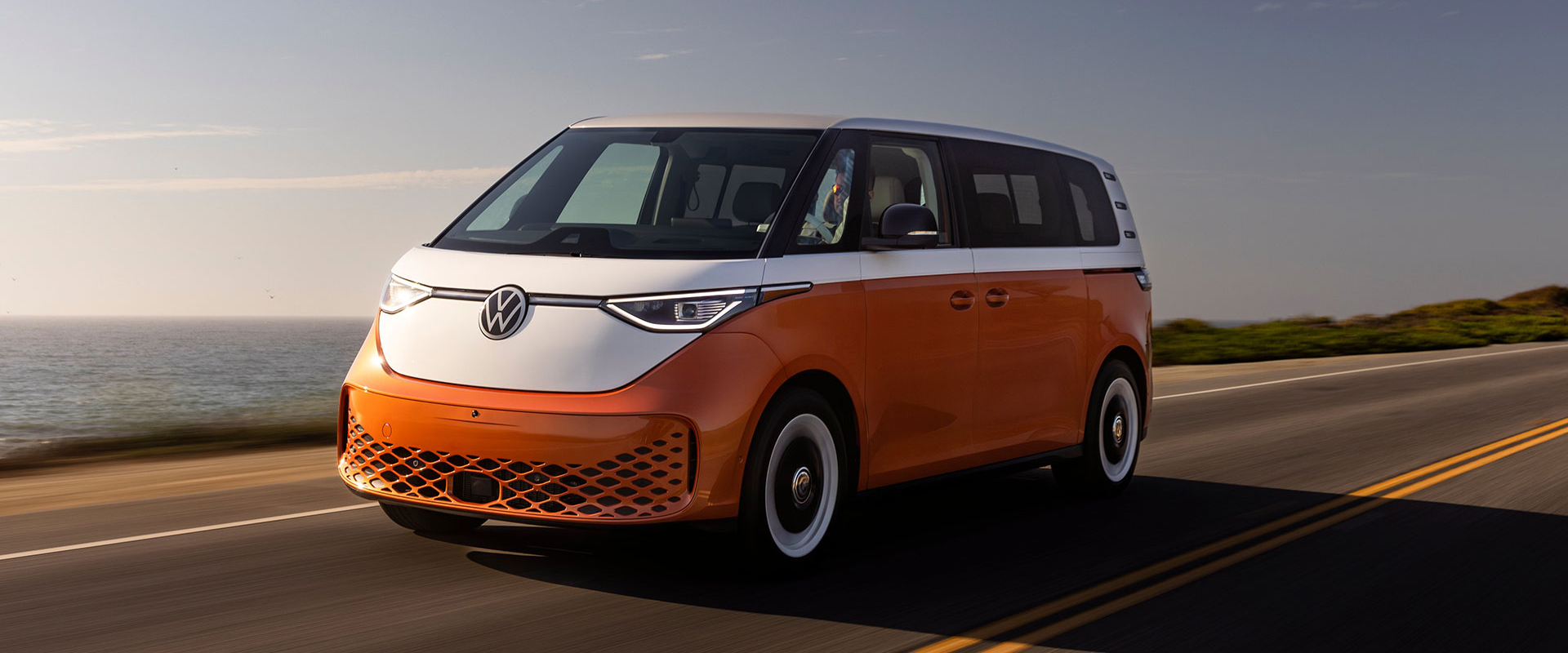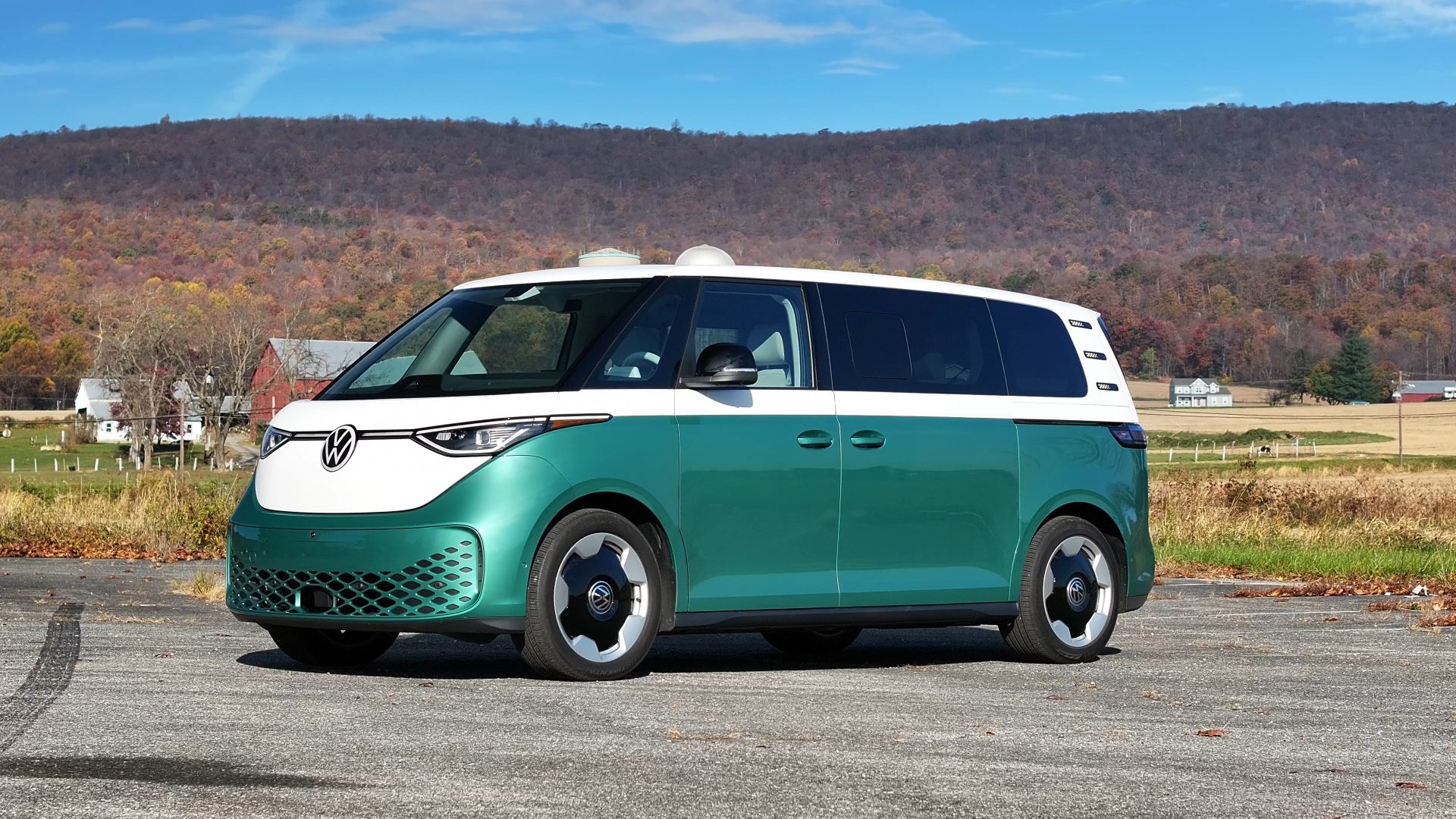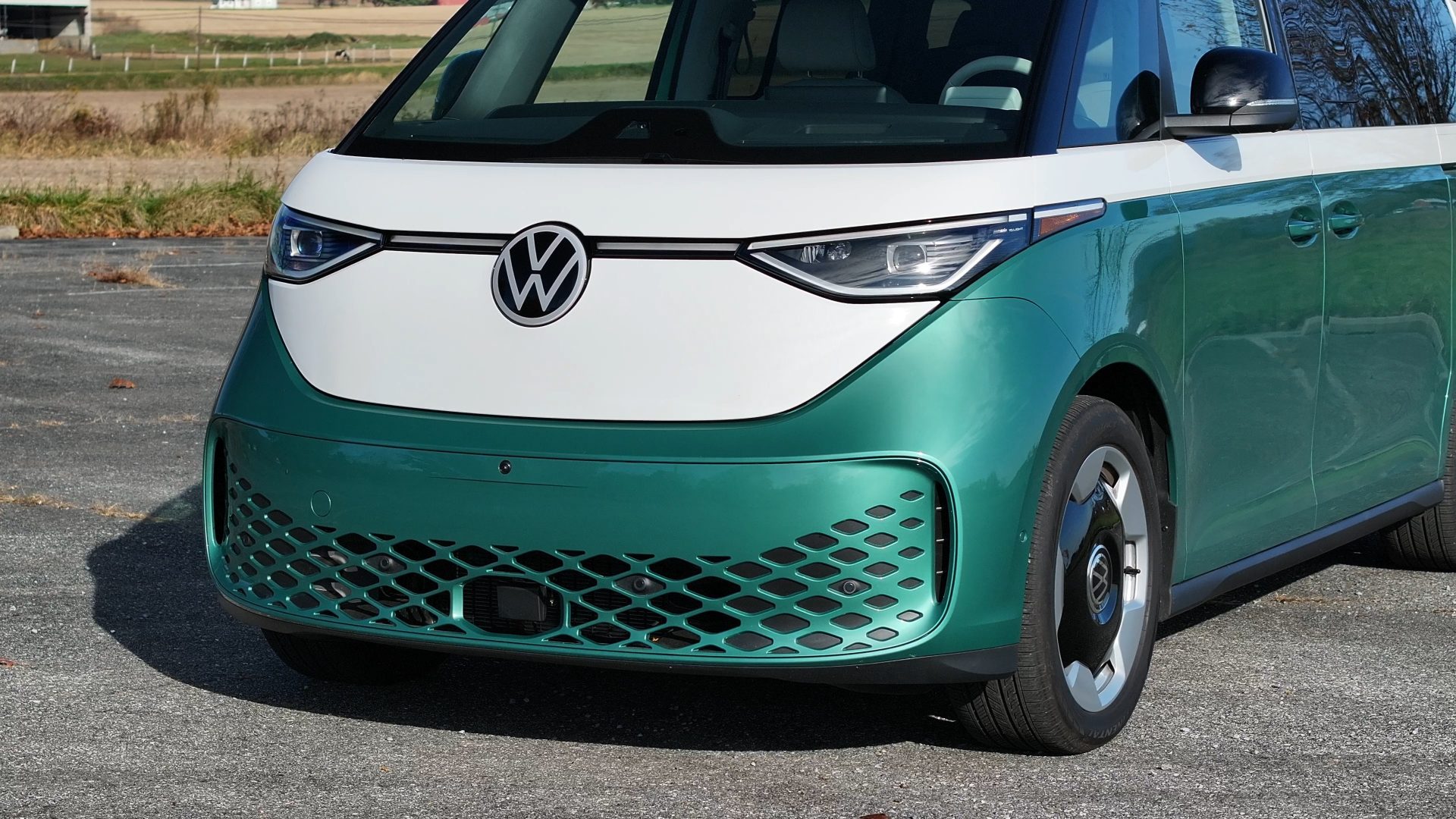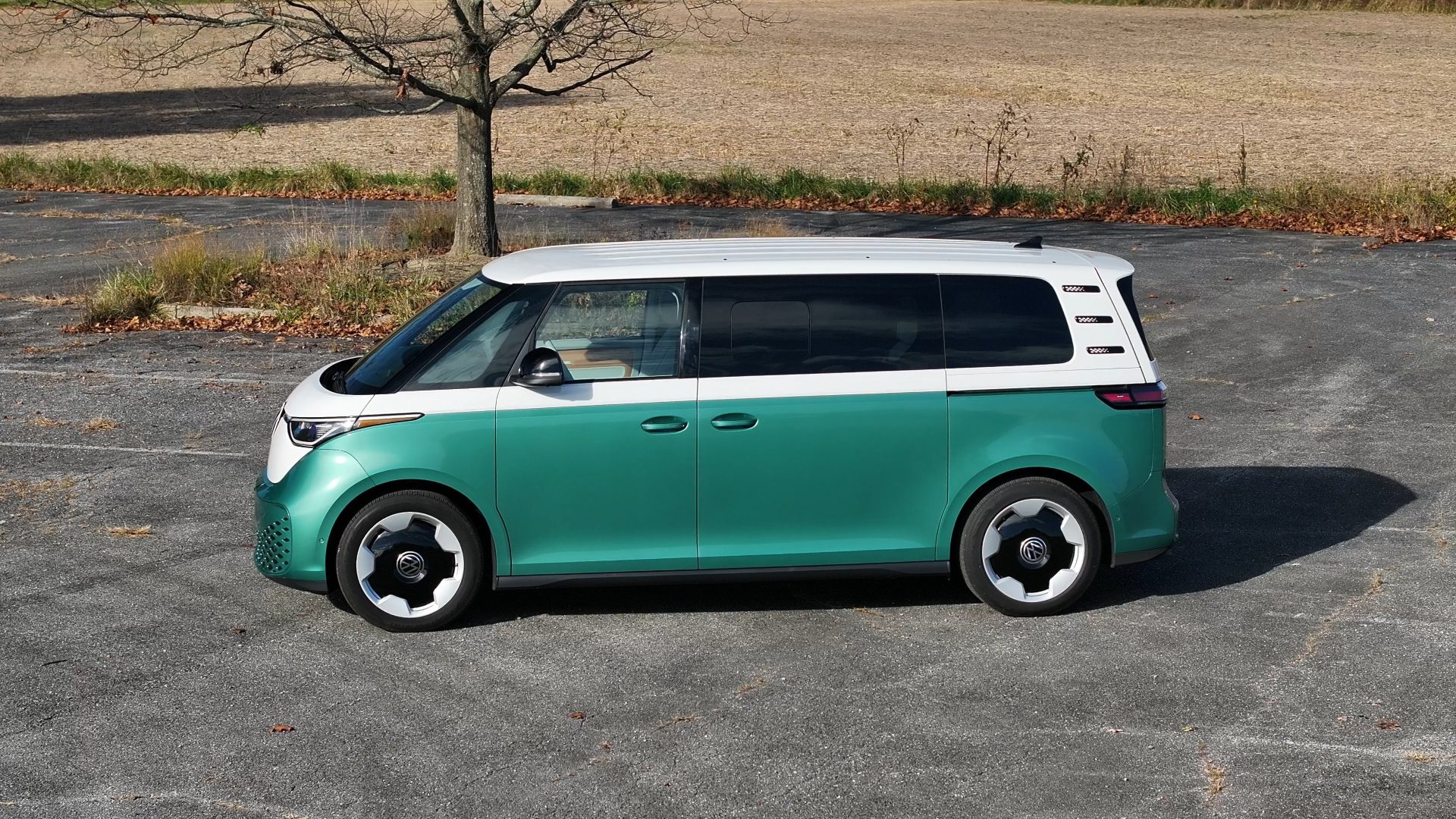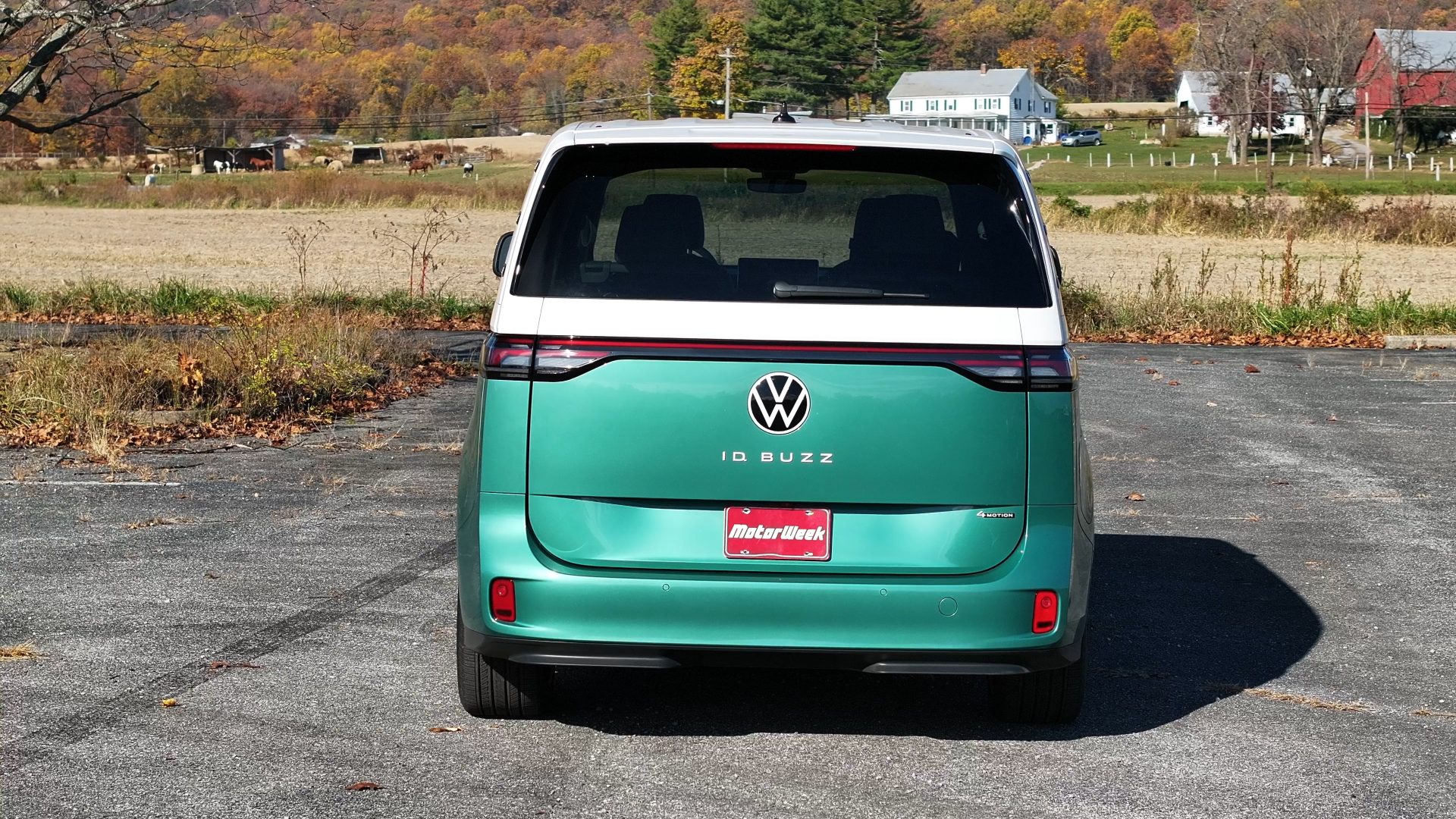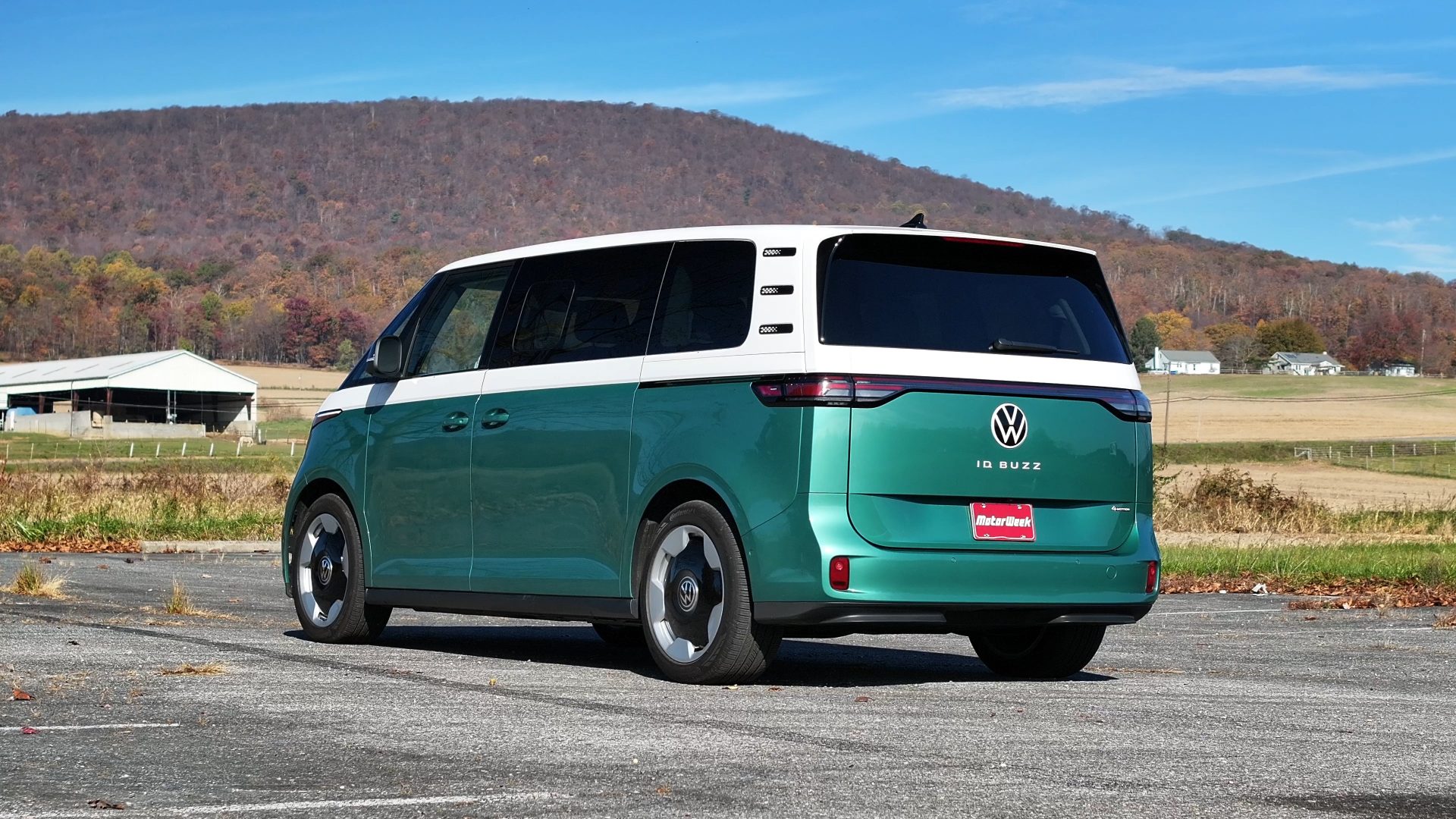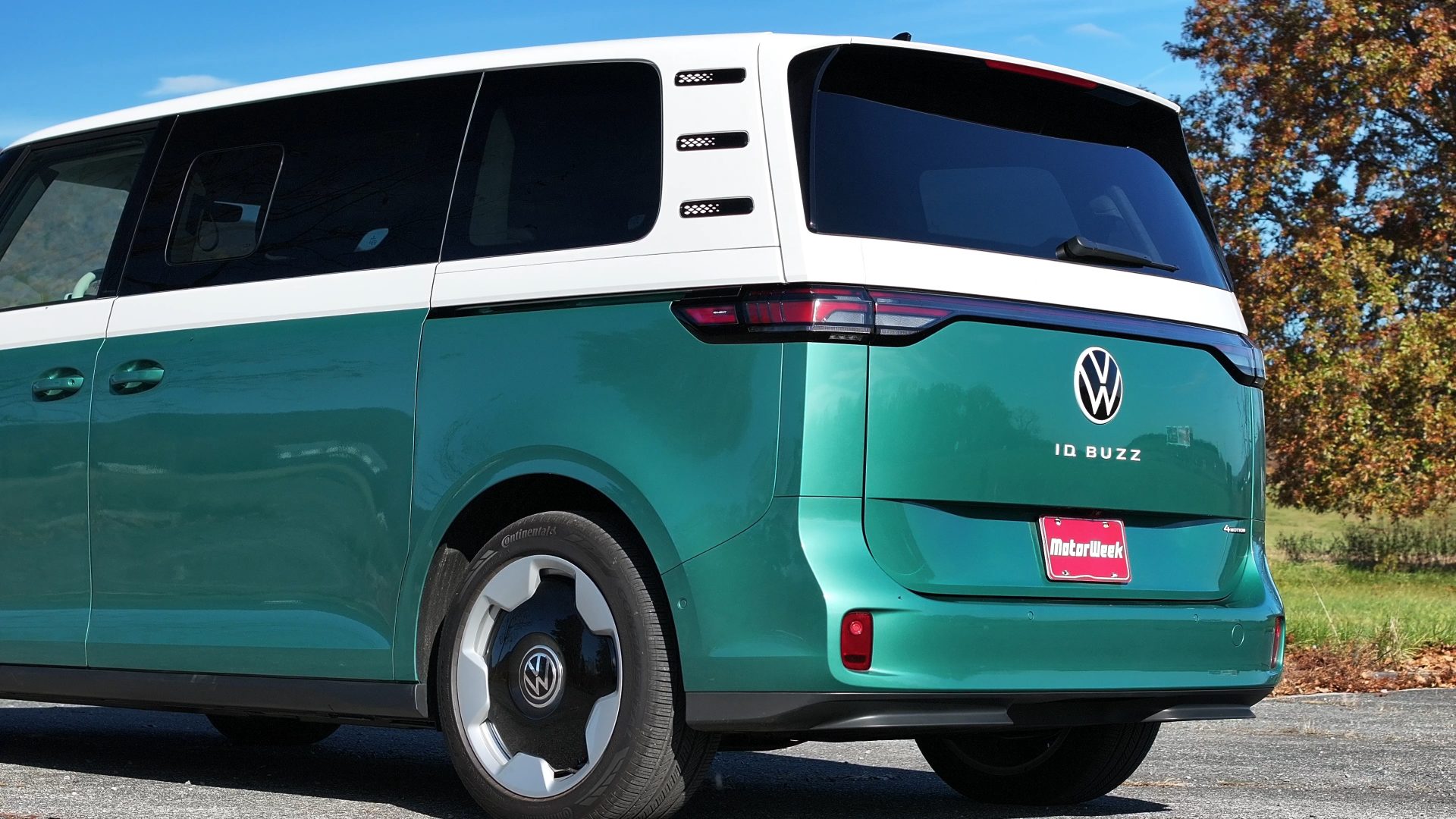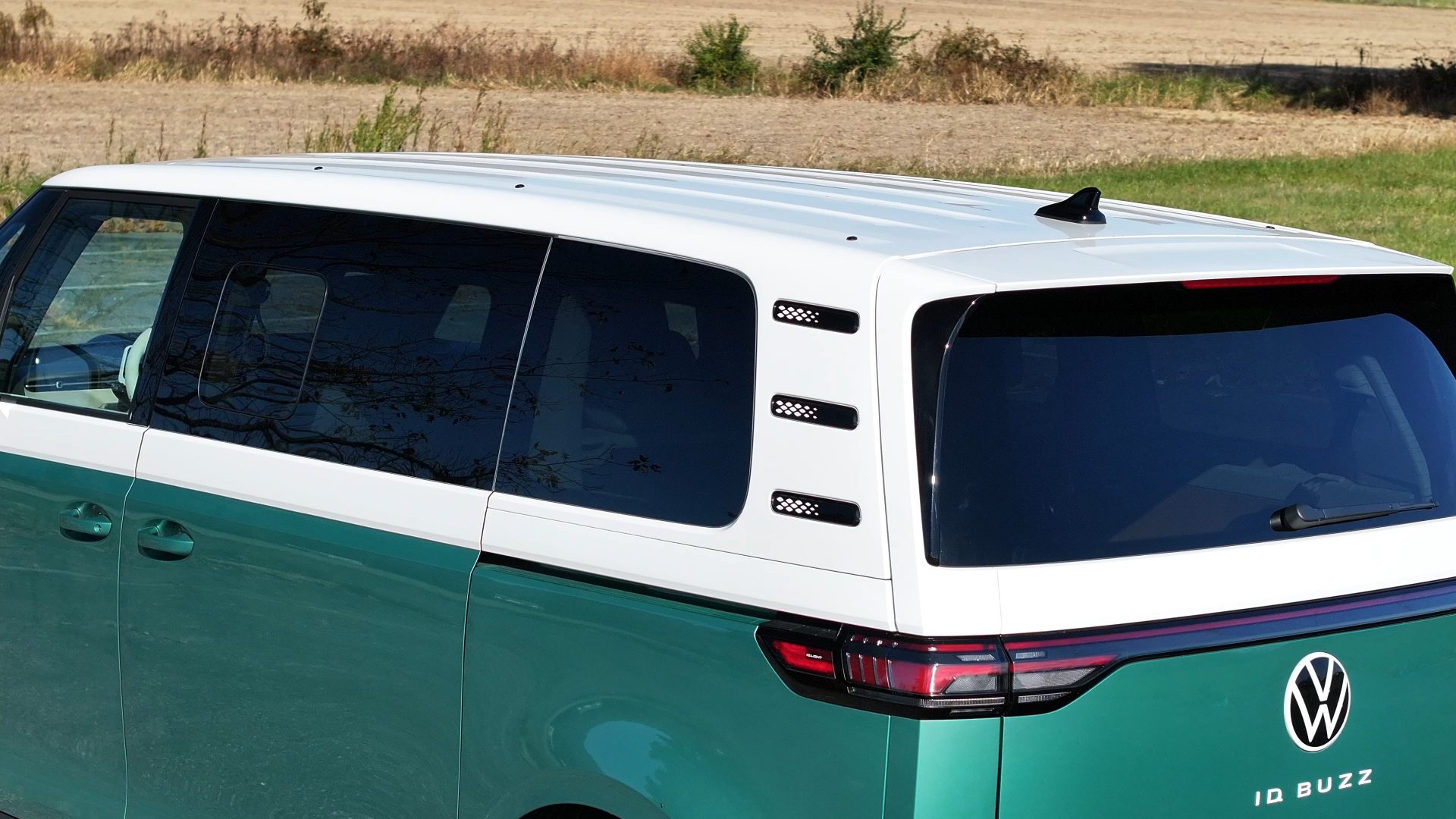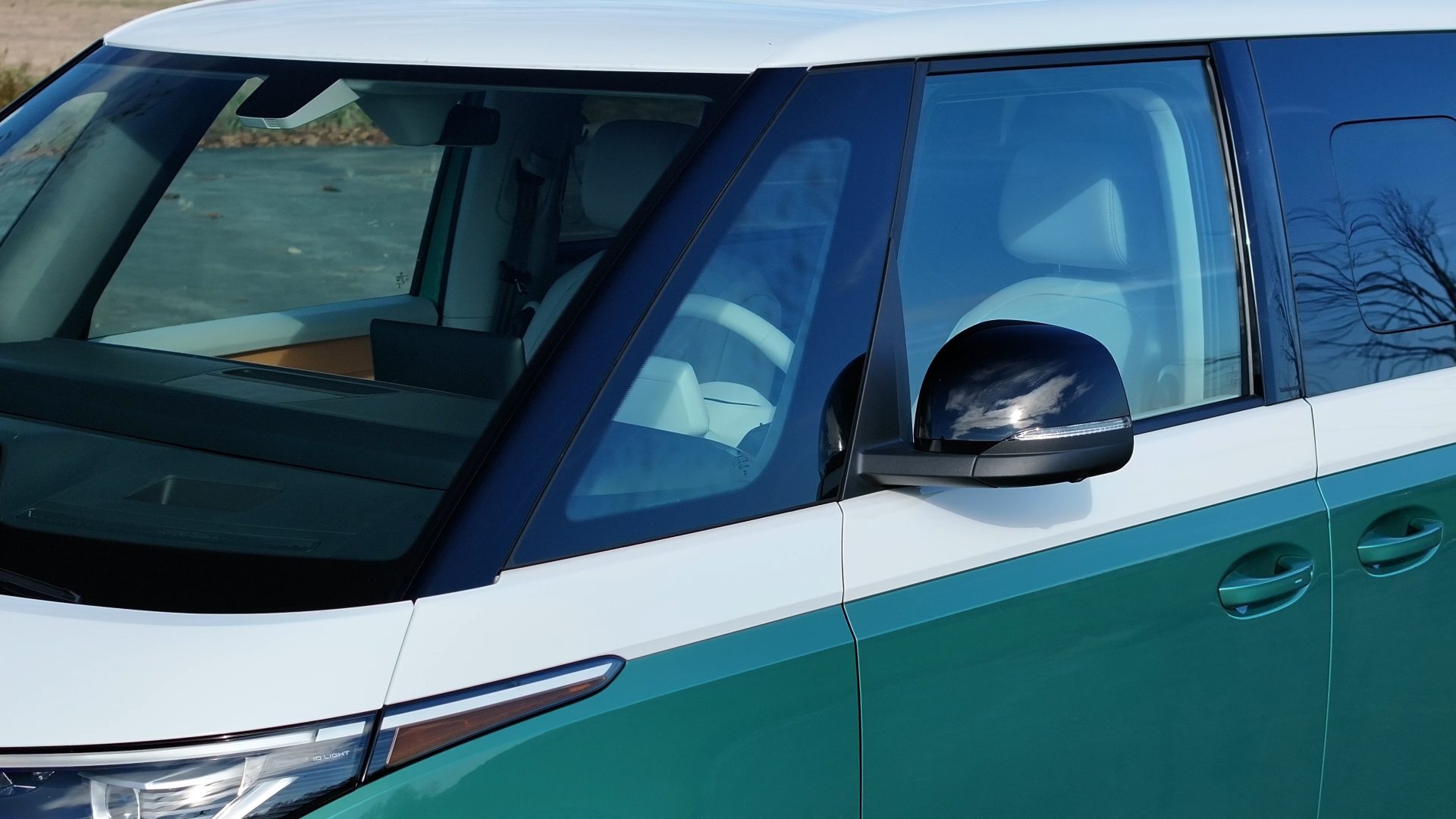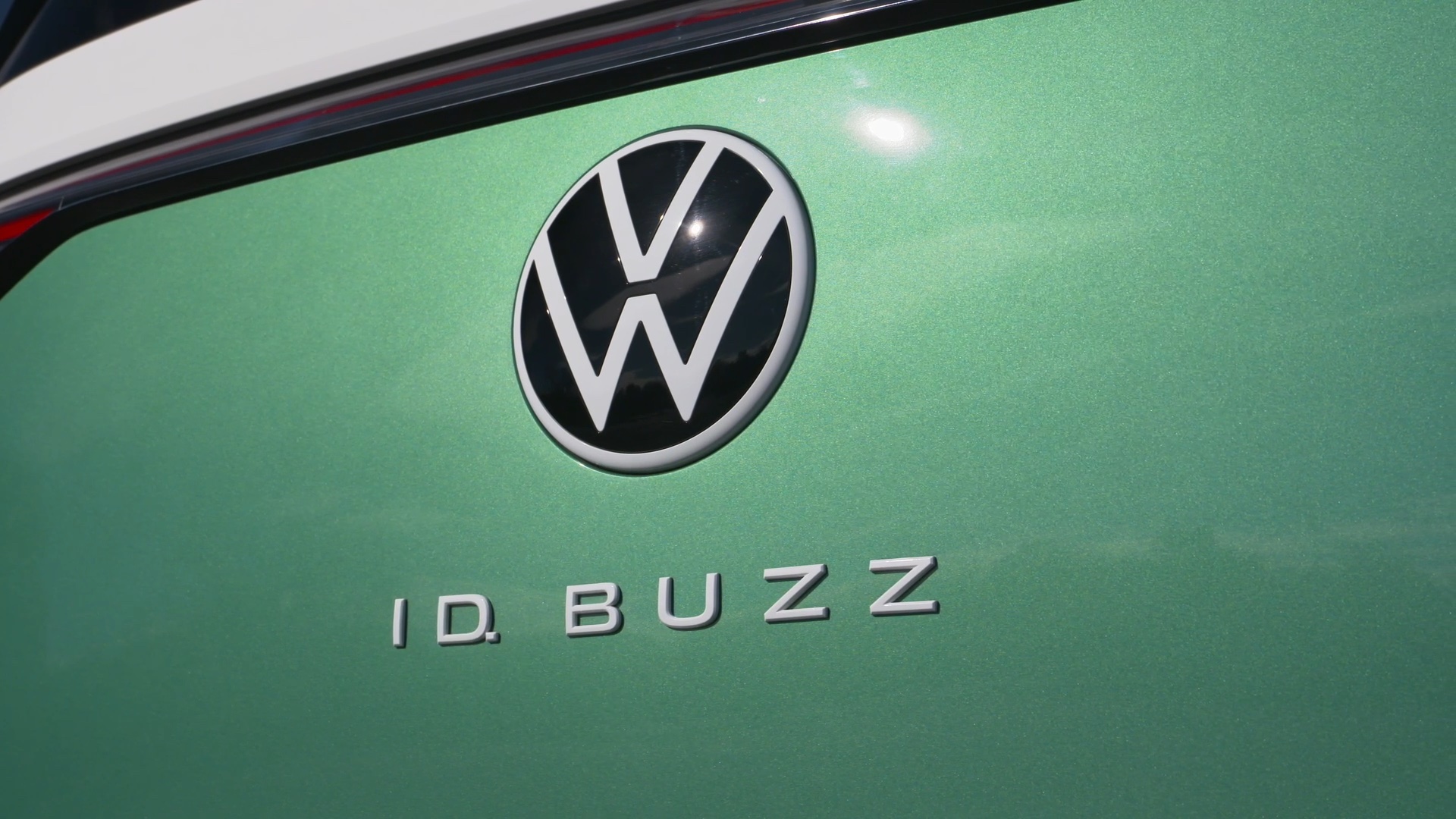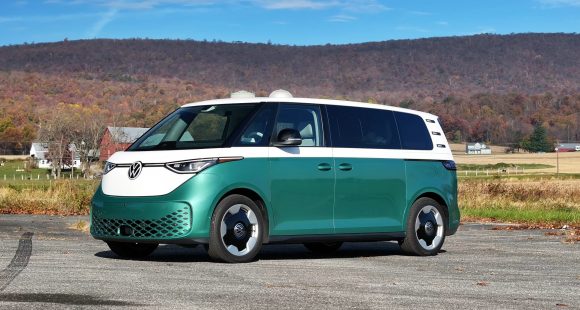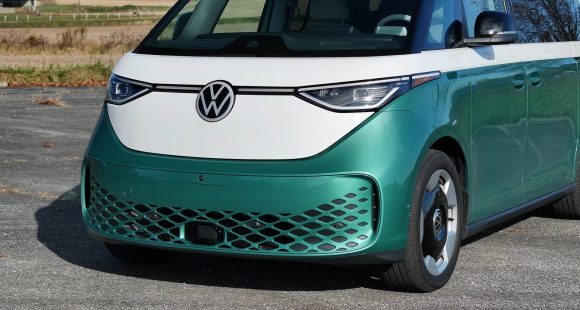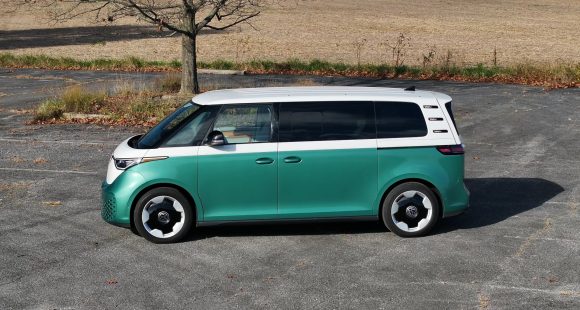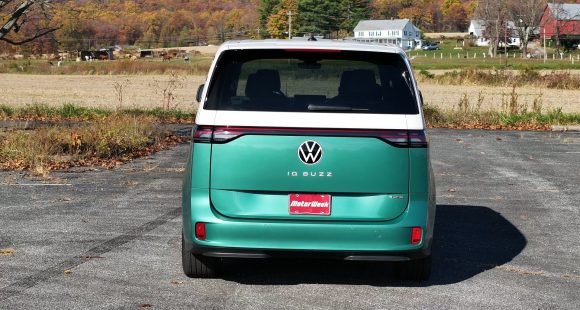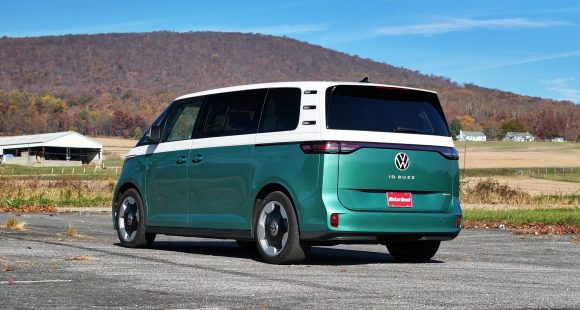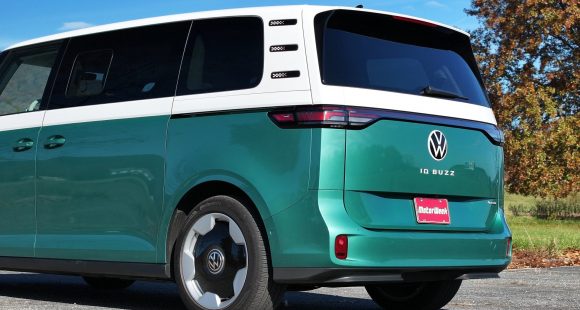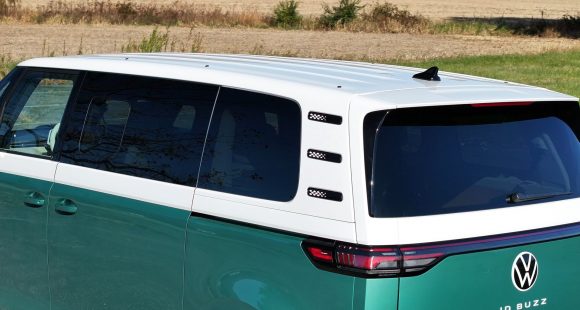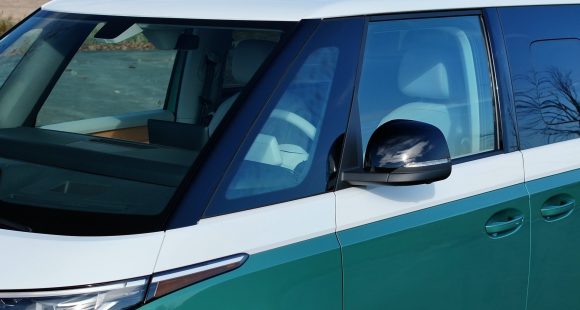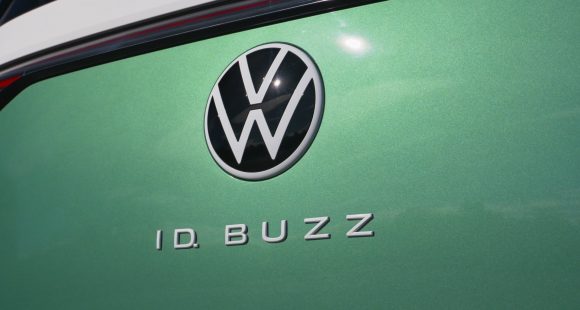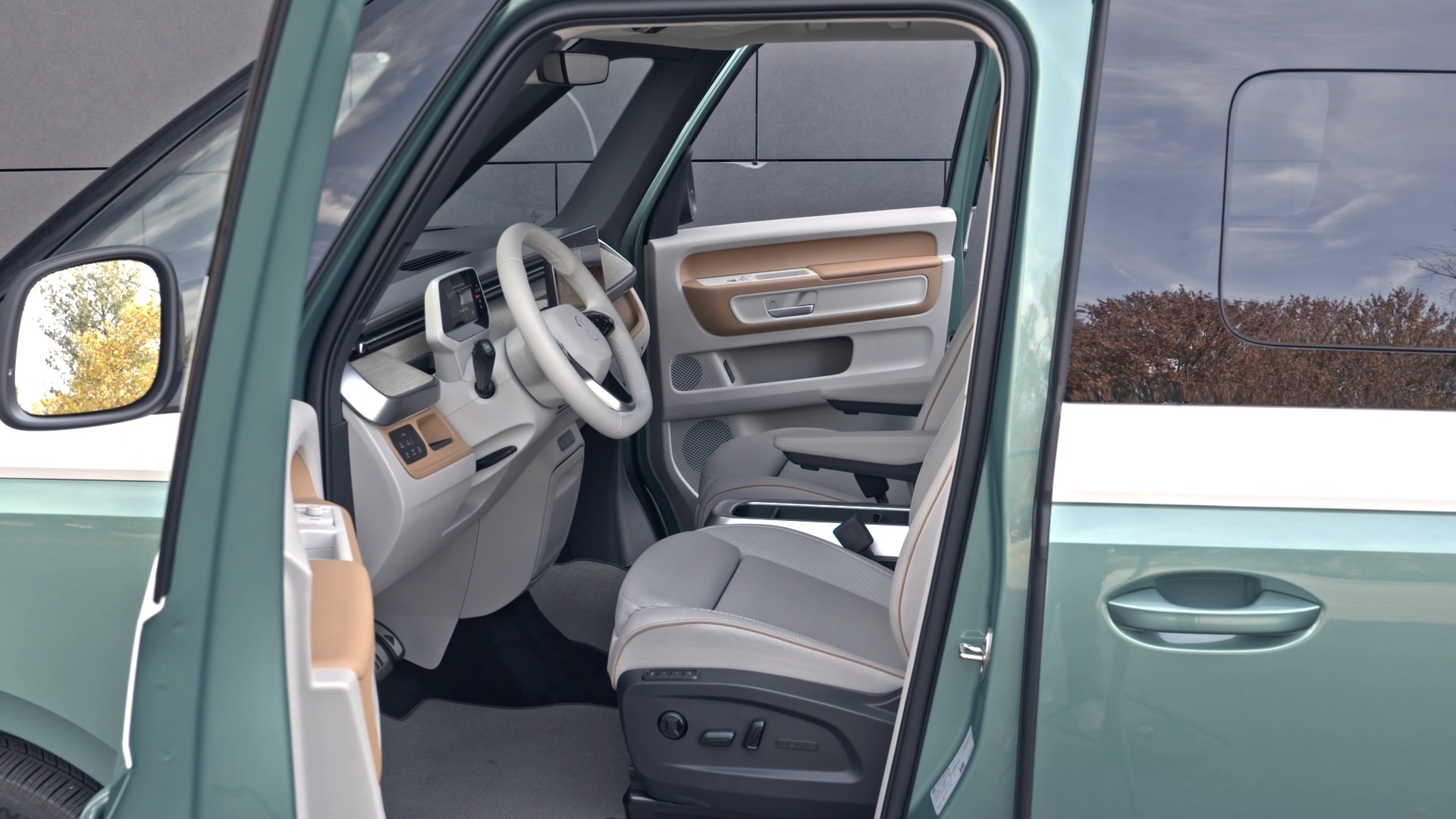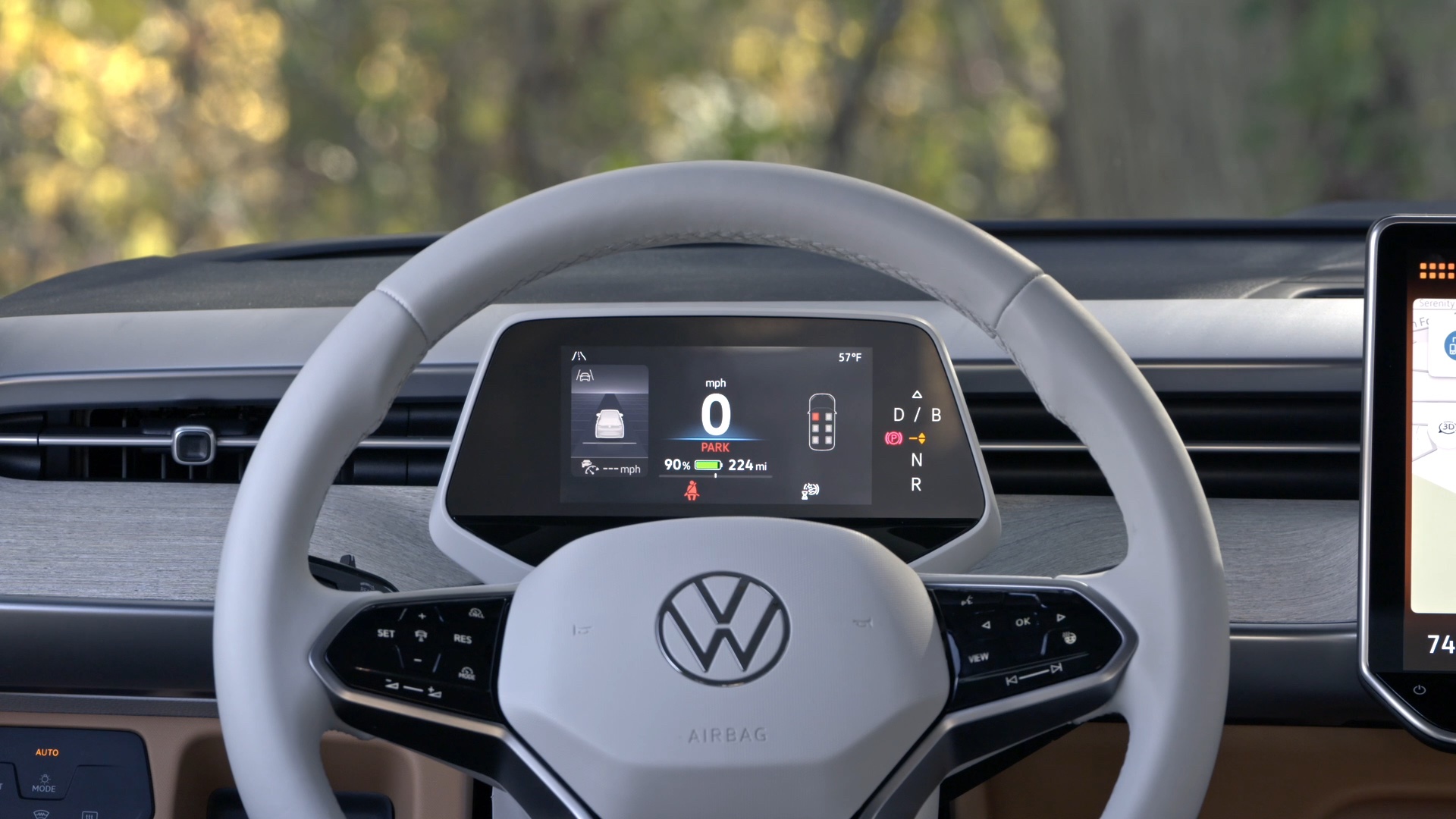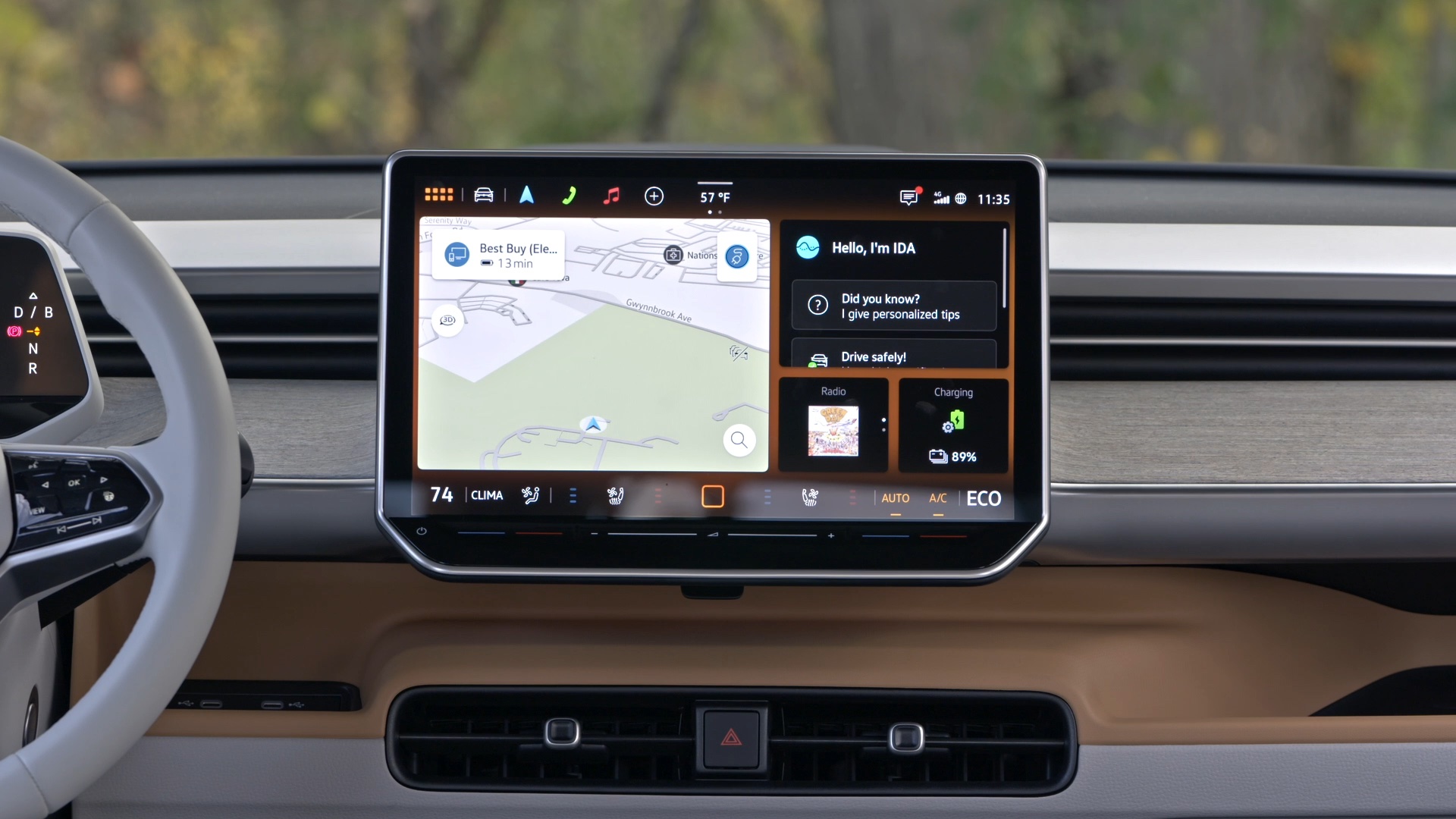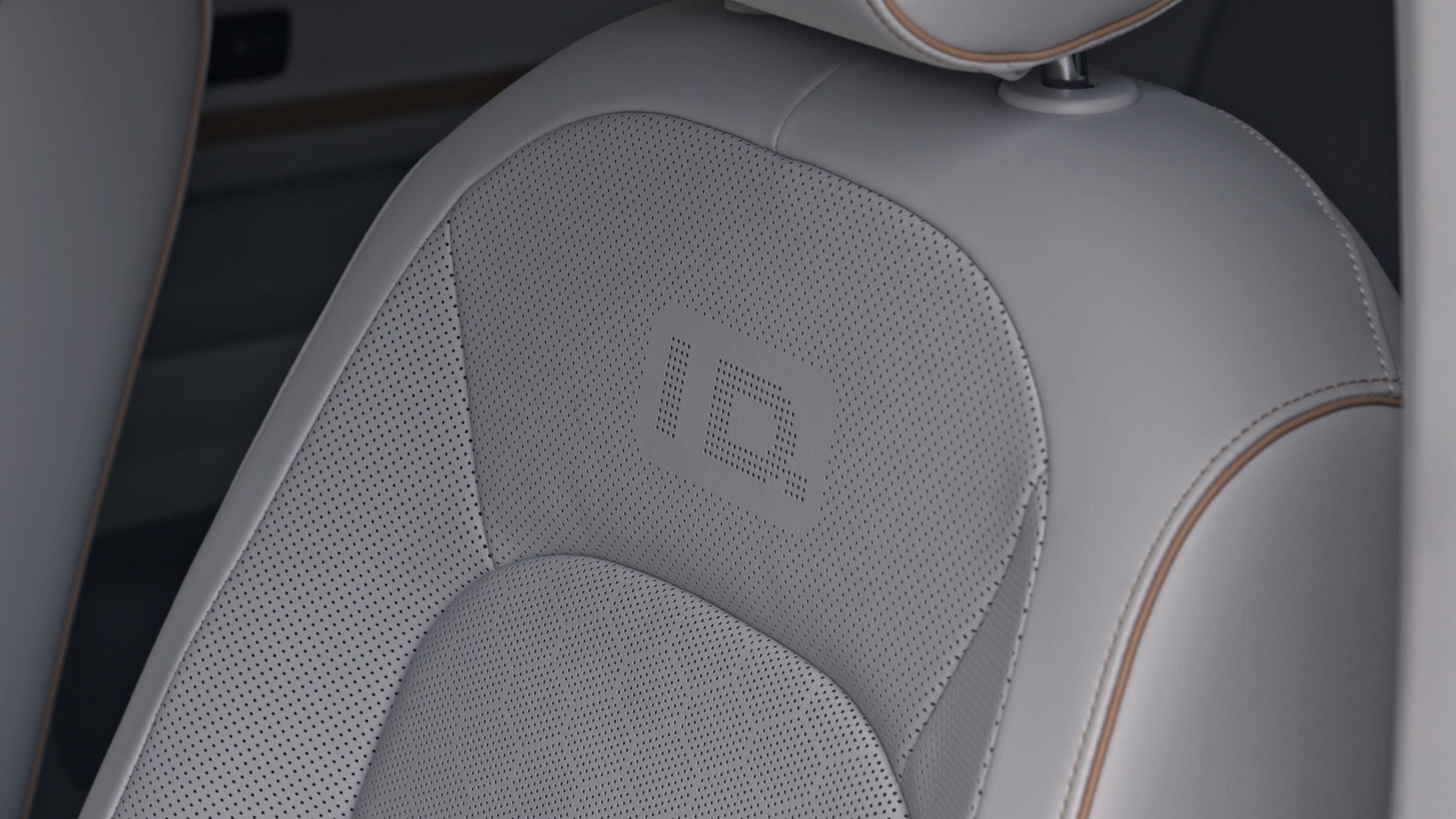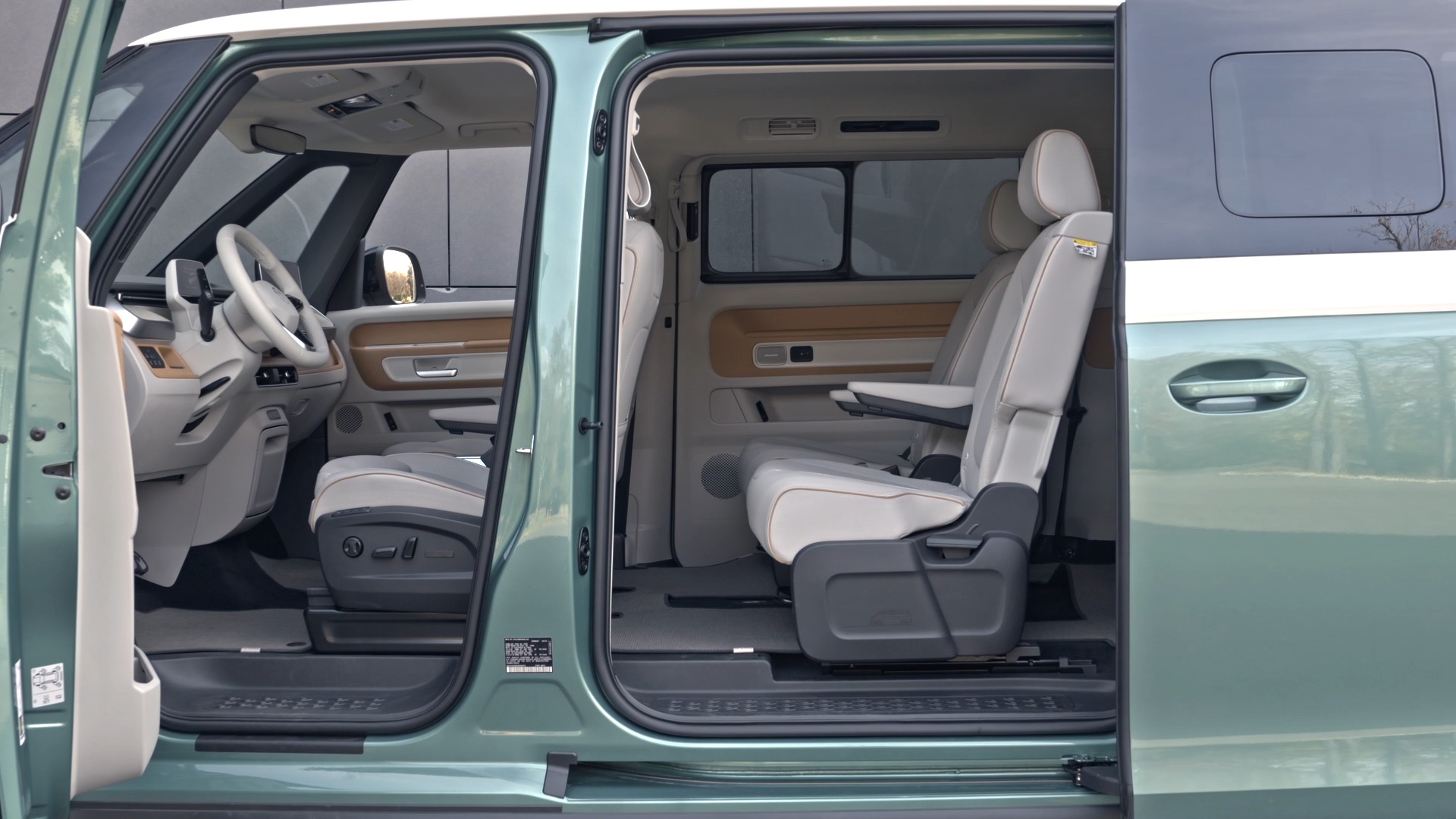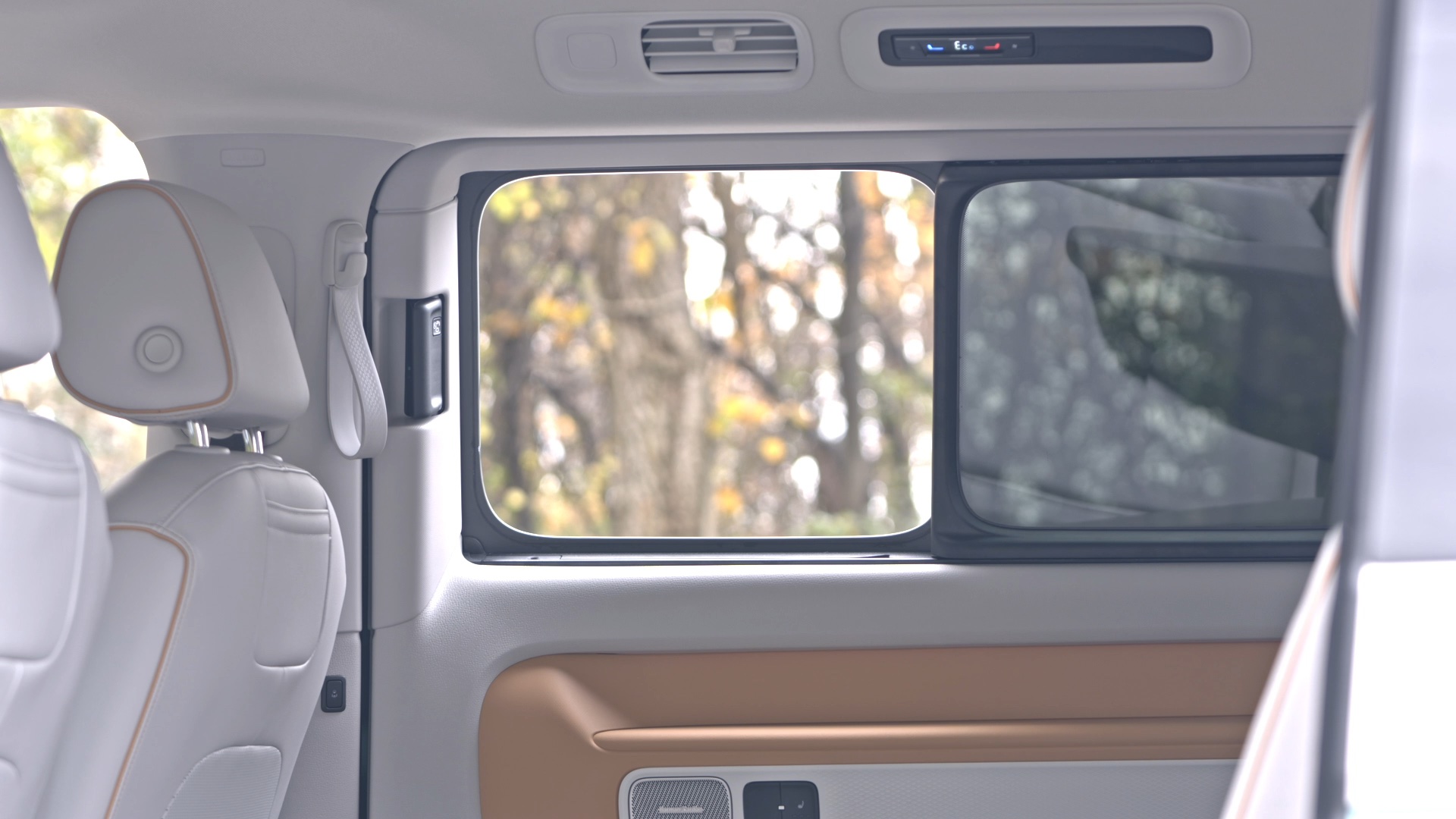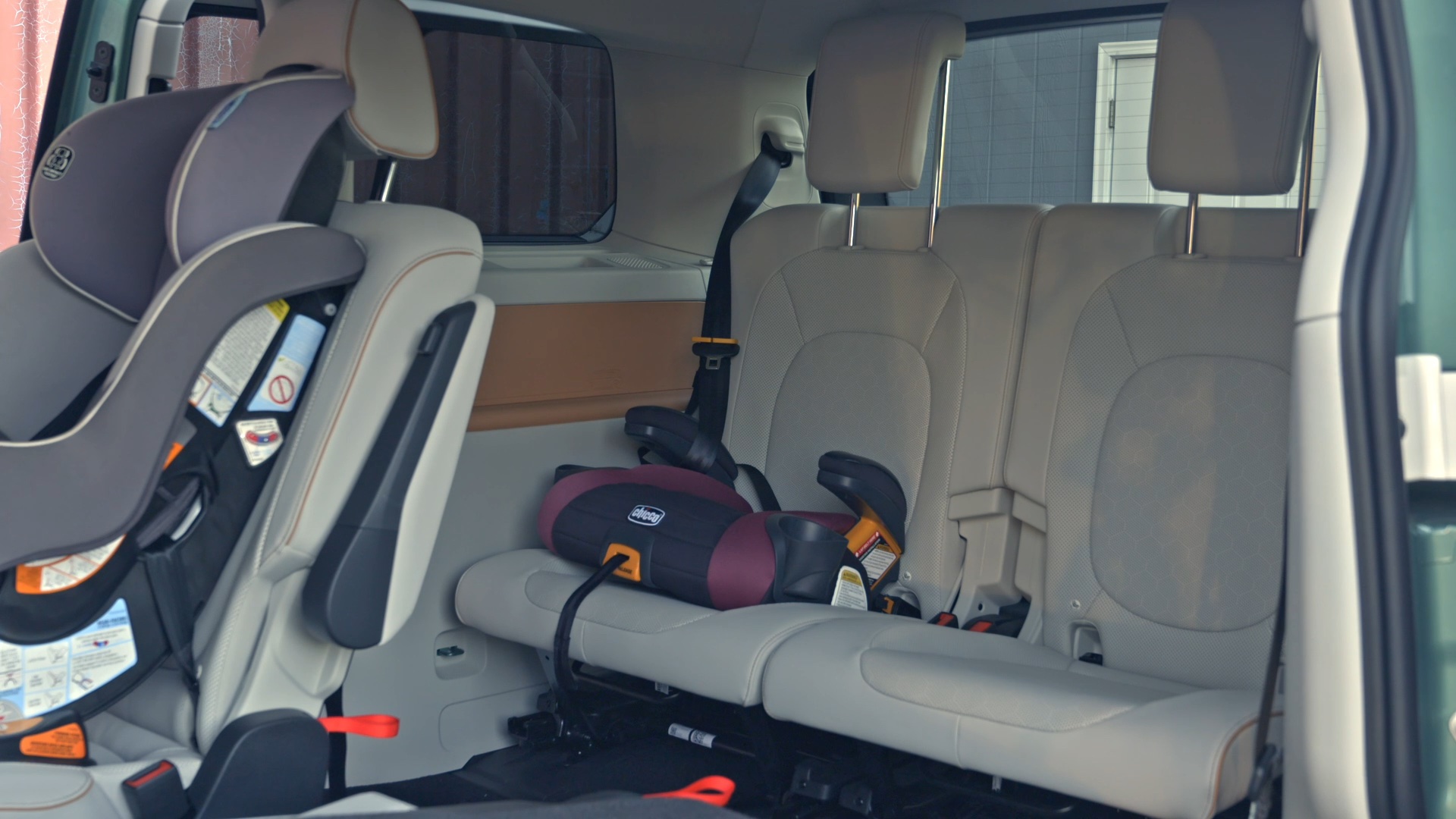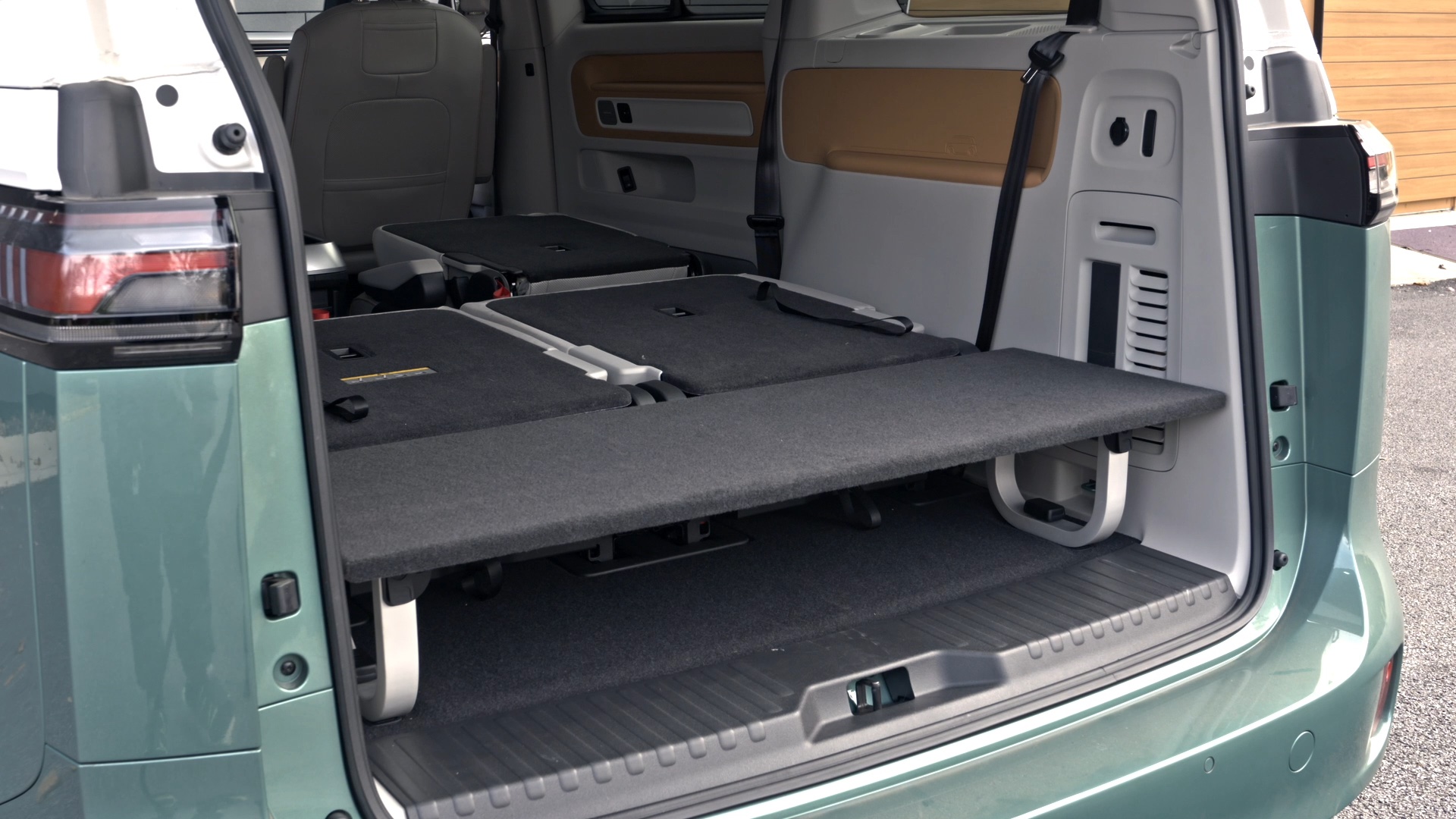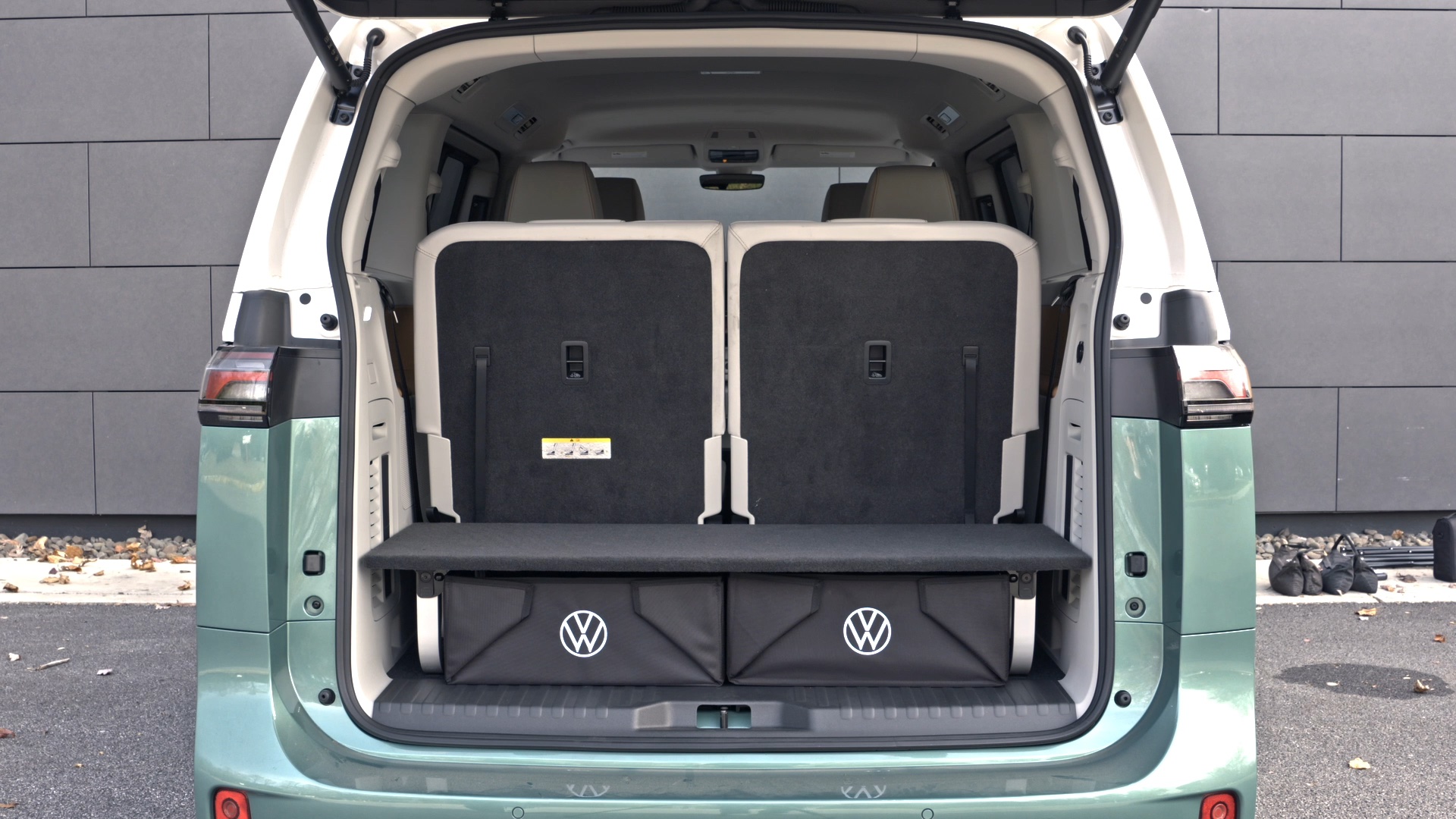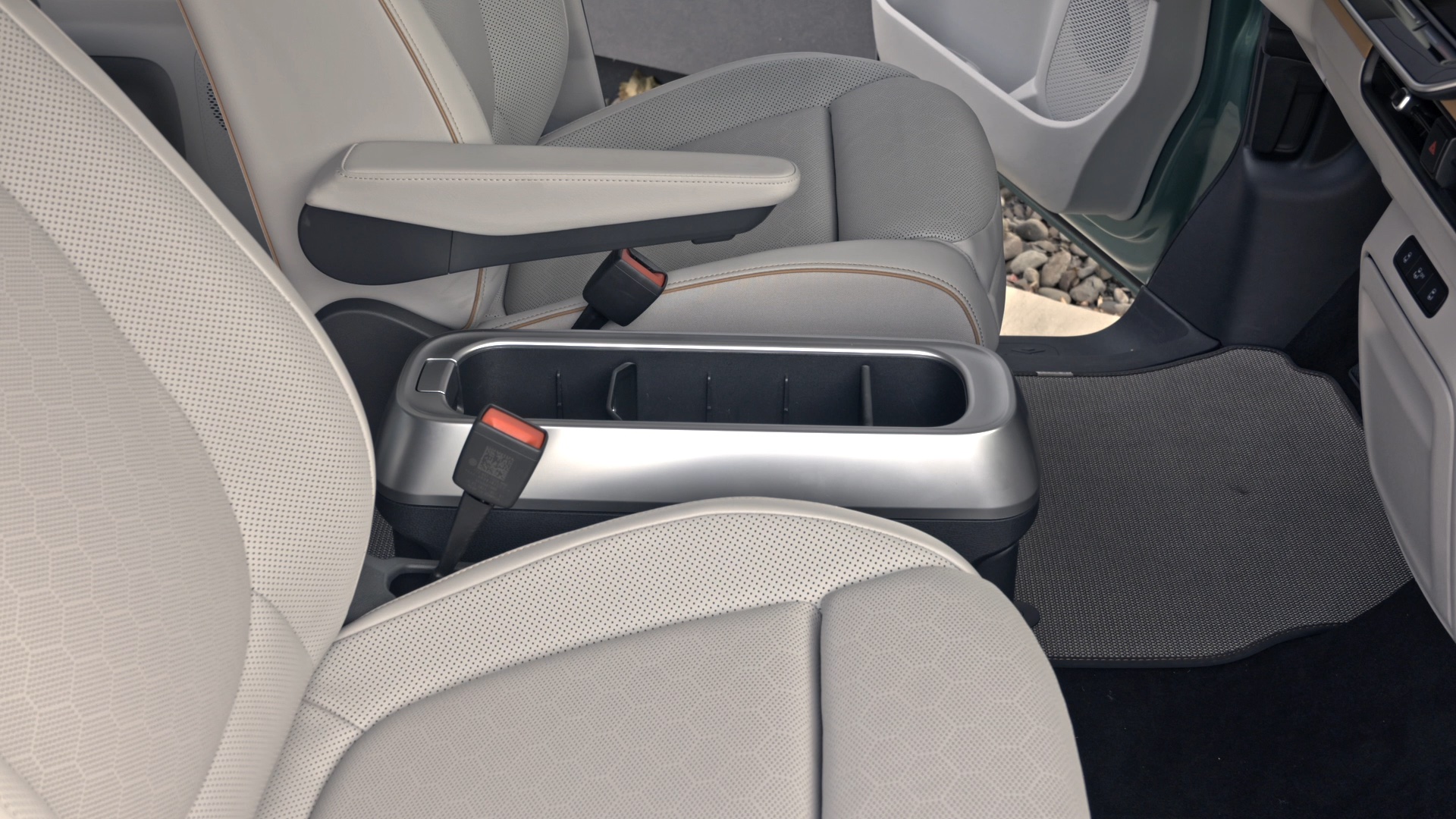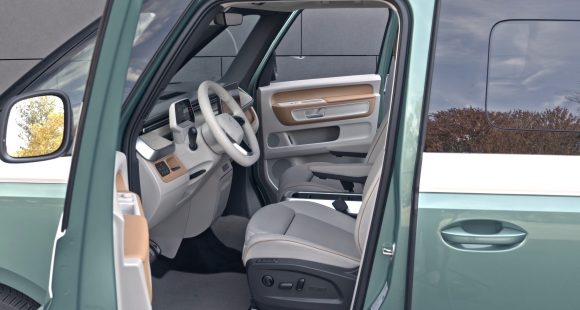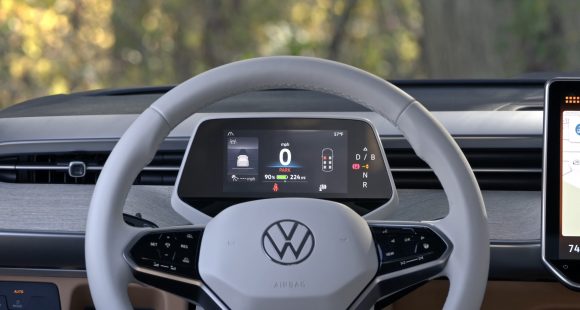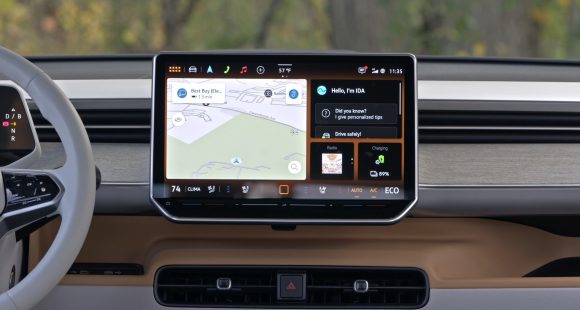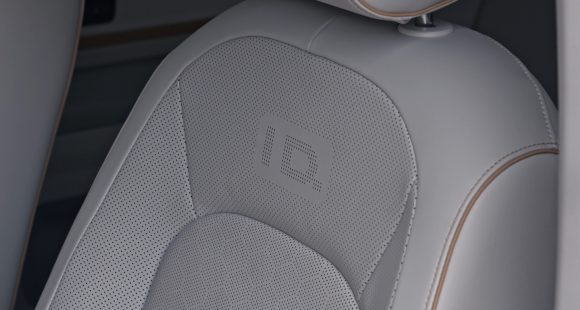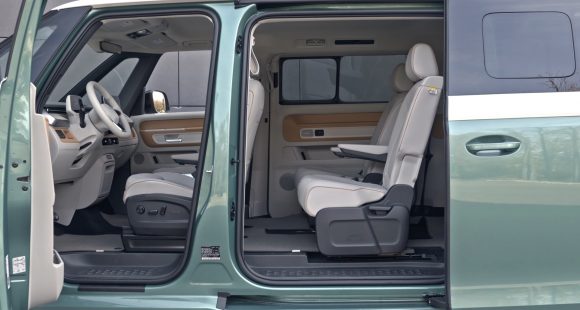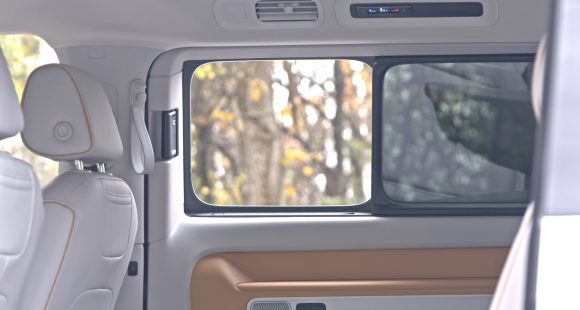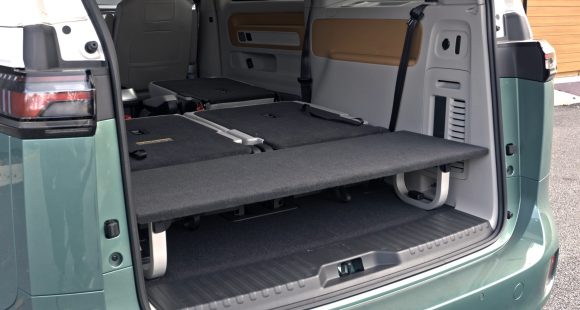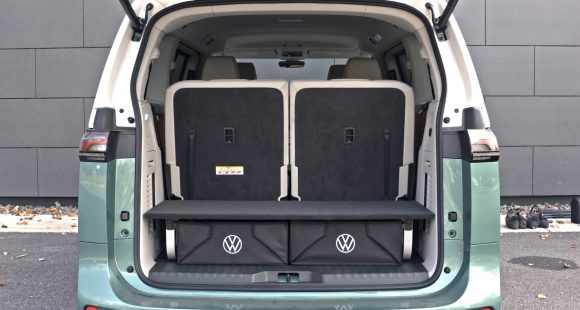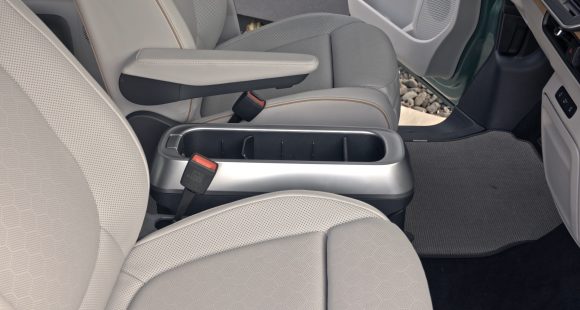2018 Honda Accord
An accord by definition is an agreement. And I think we can all agree that the Honda Accord has been one of the most successful cars of all time, with over 13 million sold here in the U.S. alone. So while an all-new Accord may not spike the excitement meter around here, it certainly is an important vehicle for Honda, as well as for other car makers, as they see what they’ll be up against for years to come.
Sedan sales being what they are these days, you might think Honda would just do a light makeover for the 2018 Honda Accord and call it a year. That’s not the case.
This 10th generation Accord is all-new, riding on a lighter chassis that allows for a lower, wider stance.
Wheelbase is up by over two inches, with virtually all of it upping rear leg roof. There’s genuine full-size sedan space back here, and while the sloping room means really bending over to get in, there’s 6-footer-plus headroom once you do.
Up front, Honda has blended a sportier theme into the familiar space; starting with a nicely thick steering wheel, and adding additional bolstering to the seats.
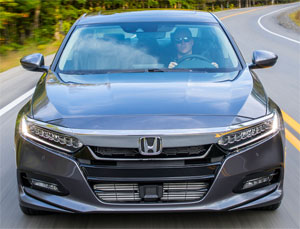 The gauge panel is virtual, but there are dials here, not just a digital readout for speed like some other Hondas.
The gauge panel is virtual, but there are dials here, not just a digital readout for speed like some other Hondas.
A full slate of tech. features naturally, including an 8-inch touchscreen with vastly improved interface; though that’s mostly due to adding some antiquated knobs and buttons back into the mix.
On the practicality front, split folding seatbacks are standard, and trunk space increases by almost a full cubic-ft. to 16.7.
There’s lots new in the powertrain department as well. Base, and destined to be the most popular, is a 1.5-liter turbo-4, which at 192-horsepower, is the most ever standard in an Accord; torque is 192 lb-ft. It comes mated to either a CVT or a 6-speed manual transmission. For a small turbo, it operates very smoothly, and feels totally adequate for daily use.
The upgrade is no longer a V6, but another turbo-4, a 2.0-liter no less. But don’t fret, it’s actually a detuned version of the Civic Type R’s, cranking out 252-horsepower, with 273 lb-ft. of torque, more than the last V6. It connects to either a new 10-speed automatic or a 6-speed manual.
We really enjoyed the manual. It’s not Honda’s best shifter ever, but it just feels like you’re getting away with something, rowing through the gears in this family car.
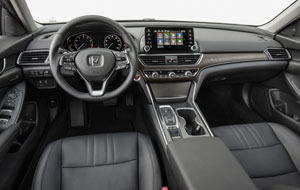 Finally, the hybrid makes a return as well, combining a normally-aspirated 2.0-liter I4 with two electric motors for a combined output of 212-horsepower.
Finally, the hybrid makes a return as well, combining a normally-aspirated 2.0-liter I4 with two electric motors for a combined output of 212-horsepower.
Regardless of powertrain, the Accord feels as quiet and functional as always, but bigger, and still with just a dash of fun in the mix. It’s not Lexus quiet, or Mazda capable, but it finds a really nice sweet spot in between.
While visibility wasn’t an issue before, A-pillars have been slimmed to enhance the outward view further.
Despite the wheelbase stretch, overall length is actually down, even as the front overhang is up slightly.
But, the altered proportions work wonderfully, yielding a sleeker, coupe-like, profile. Indeed, Honda clearly wanted to steer things in a sportier direction styling-wise; but thankfully without going overboard.
A bit of weight was lost along the way as well, around 150-lbs for most trim levels. Wheels are 17 or 19-inch alloys.
Most of our time, both at the national press launch in New Hampshire and around our headquarters, was spent in a Touring trim Accord with the optional 2.0-liter and 10-speed automatic. New is an Adaptive Damper system with real-time damping control with Normal and Sport modes.
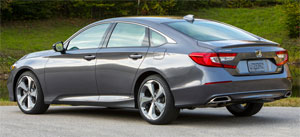 Despite all of the gears, the transmission displayed only the occasional clunkiness.
Despite all of the gears, the transmission displayed only the occasional clunkiness.
And at our unfortunately frigid test track, the 2.0T-10 speed combo still delivered; with a 0-60 of 6.5-seconds. There’s plenty of low-end rumble, enough to battle quite a bit of wheel spin. With warmer temps, we feel sub-6 seconds would be more the order of the day.
Things are smooth and steady from there, eventually tripping the lights in 14.8-seconds at 100 miles-per-hour. Easily comparable to last year’s V6.
It doesn’t feel vastly lighter than before, but nimbler for sure with noticeably less body roll. Turn-ins are quicker and overall the car simply feels more responsive, and yes sportier!
Honda Sensing safety systems, including Collision Mitigation Braking are standard on all Accords.
Government Fuel Economy Ratings aren’t finalized for the 2.0-liter, but in mixed driving we averaged a good 28.6 miles-per-gallon on Regular.
Pricing starts with LX trim at $24,445; top level Touring trim begins at $34,675.
Yes, it’s not a great time to be in the 4-door car business these days; but if there’s one sedan that should have no problem staying relevant in this SUV obsessed world, it’s the 2018 Honda Accord. It’s because it still delivers what it always has; reliable, highly efficient, practical, trouble-free transportation in an increasingly refined and sophisticated package. Honda fans are sure to follow… Accordingly.
Specifications
- Engine: 1.5 liter / 2.0 liter
- Horsepower: 192 / 252
- Torque: 192 lb-ft. / 273 lb-ft.
- 0-60 mph: 6.5 seconds
- 1/4 mile: 14.8 seconds @ 100 mph
- EPA: Average 28.6 mpg
2025 Volkswagen ID. Buzz
Volkswagen Brings Beetlemania Level Of Excitement To Minivan Segment
The duty of upholding Volkswagen’s heritage has most recently been delegated to small legacy car names like Golf and Jetta. But hold on! A much larger, totally modern take on VW’s classic microbus has just buzzed over the horizon— the all-electric ID. Buzz. It’s been at the top of our minds since we first saw the concept back in 2017. Well, it’s finally here, so let’s get our groove into drive!
This 2025 Volkswagen ID. Buzz has indeed created the most buzz around Volkswagen since the Beetle’s return to the U.S. in the late 1990s. We couldn’t drive it anywhere without drawing a crowd. No wonder, just about everyone has a VW Microbus story to tell, and seeing this reimagined version rolling down the street brings back all those memories.
VW really pulled it off as far as we’re concerned, as it looks great without appearing over the top. All the cues are here: Big VW logo front and center, lots of greenhouse including A-pillar windows and mini sliders for the second-row passengers, D-pillar air vents, and two-tone wheels. And while its appearance may be pure retro, its drivetrain is far from it, as the ID. Buzz is all-electric, and unlike the new Beetle, the Buzz does retain the original Microbus’ rear-drive architecture.
Powering those rear wheels is a 210-kW motor drawing juice from a 91-kWh battery for a range of 234 miles; 200-kW max charging will get you to 80% in about 26 minutes. Buyers can add another small 80-kW motor up front for 4motion all-wheel-drive and an increase of total output from 282 to 335 horsepower with a combined 512 lb-ft of torque. It uses the same battery, but range estimates drop just slightly to 231 miles. But while those numbers are modest, we also found them to be quite conservative, as we observed as many as 287 miles available in our all-wheel-drive tester’s gauge display and were on pace for 273 miles in our driving loop.
One throwback theme that may be a turnoff to some is that it’s quite a step up into the Buzz’s front seats, but there’s certainly a commanding view of the road once you climb in. Second row seating can be either a three-place bench or a pair of captain’s chairs, so there’s generous room for seven or six passengers. The captain’s chairs in our Pro S Plus offer good support and very easy access to the third row.
Lots of flexibility too with the option to simply fold the seats or remove them altogether.
With the sliding side doors and a wide opening rear hatch, there’s plenty of access for loading big sport utility amounts of cargo. Lots of flexibility too with the option to simply fold the seats or remove them altogether, and the ability to create a full-length flat floor with a rear cargo shelf that covers some handy removable storage bins. There’s 18.6 cubic-feet of space behind the third row, 75.5 behind the second, and a max of 145.5. That’s more than a Chevrolet Tahoe. For smaller items, there are lots of cubbies throughout the cabin, along with a standard Buzz Box that can be moved to multiple locations.
With a design that prioritizes retro form and modern function over aero efficiency, the 4motion equipped ID. Buzz earns a Fair efficiency rating, using 42-kWh of electricity per 100 miles, and we weren’t sure what to expect at our Mason Dixon test track.
What we found was great torque off the line and drama free launches to 60 in just 5.3 seconds. It was very stable at speed and power delivery stayed steady most of the way down the track until we reached about 90 mph, when it began to taper off just before we finished the quarter-mile in 14.0 seconds flat at 97 mph.
With 1,200-lbs. of battery weight nestled in its 127.5-inch wheelbase, the Buzz felt planted to the pavement through our handling course. There was quite a bit of body roll to deal with, but surprisingly little understeer. In panic braking runs, pedal response was inconsistent, feeling soft at times, pushing back hard at others; but through it all, results were quite good, stopping from 60 in an average of just 108 feet.
Three interior themes are available, this Dune is the brightest, featuring coastal inspired wood optic dash décor, “gray and clay” leatherette surfaces, and a high-mounted central 12.9-inch touchscreen. Pricing starts with a rear-wheel-drive Pro S at $61,545; this Pro S Plus begins at $65,045, add another $4,500 for 4motion, which brings a few extra features along with all-wheel drive.
Retro design with old-school VW charm, modern EV drivetrain, big SUV capacity merged with minivan flexibility; it all comes together in this 2025 Volkswagen ID. Buzz. It’s easily one of the coolest rides of the year and one that will likely keep Volkswagen dealers buzzing for years to come, and that’s something no other people and things mover can say.
Specifications
As Tested
- Motor Setup: Dual-Motor AWD
- Battery Size: 91-kWh
- Horsepower: 335
- Torque: 512 lb-ft
- EPA Range: 231 miles
- 0-60 mph: 5.3 seconds
- 1/4 Mile: 14.0 seconds at 97 mph
- Braking, 60-0: 108 feet
- MW Test Loop: ~ 273 miles







